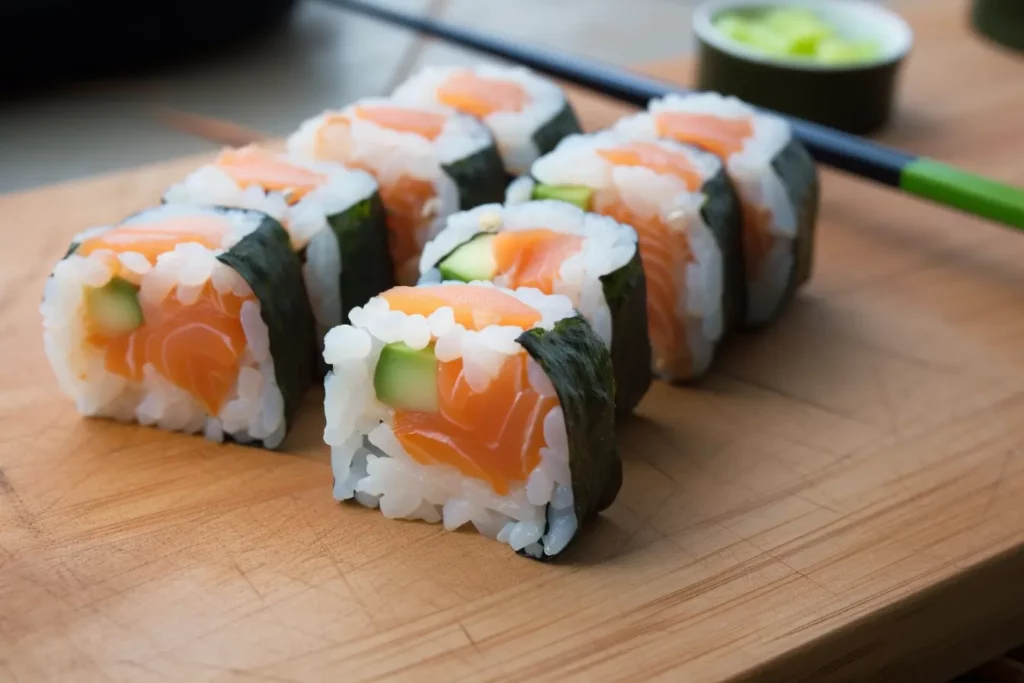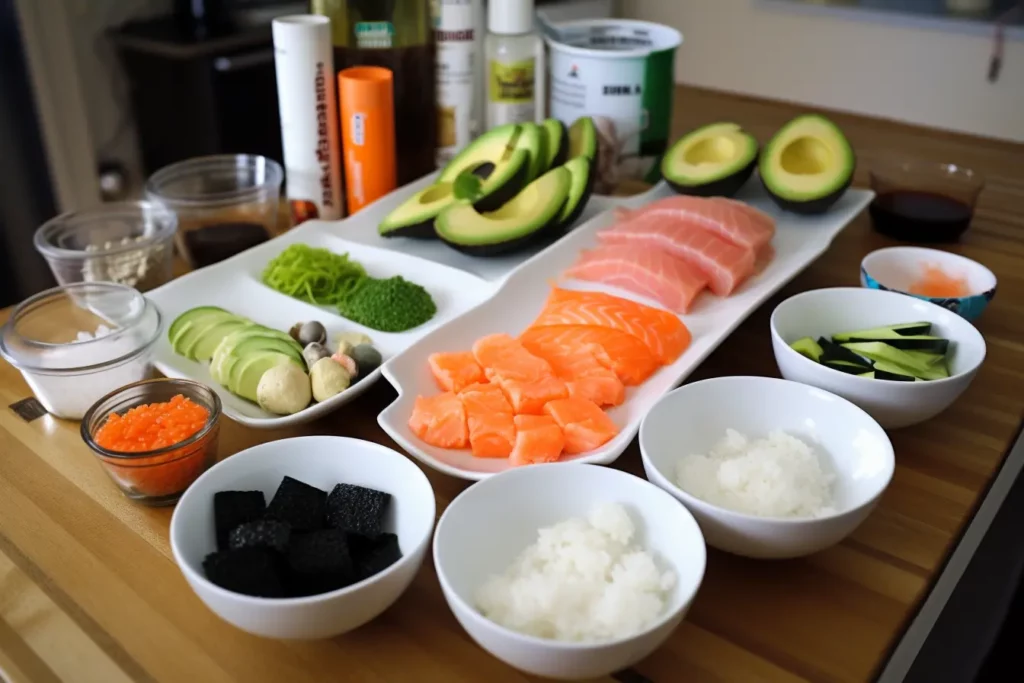In the fascinating world of Japanese cuisine, sushi undoubtedly occupies a special place, with its variety of aromas and textures centered on harmony and flavor. This post goes beyond the technical aspects to explore the whole process of sushi making, from carefully preparing the sushi rice to choosing the best seafood and fillings.
Learning the art of making sushi requires much more than simply having the right ingredients; it’s also about mastering the different rolling techniques to create the signature shapes and presentations of sushi, including maki, nigiri, and uramaki.
Rice preparation for sushi
If you’re wondering how to add a haute couture edge to your kitchen, you’ve come to the right place. High-end cuisine is not only reserved for haute couture , it is also part of the modern lifestyle of those who love to enjoy food in style. Today, we’re going to focus on a guide that teaches you how to properly prepare rice for sushi, which can make the difference between a mediocre and a gastronomic experience.
Choosing the right grain of rice is the first important step. When considering which rice to choose for your sushi, the safe choice is always Japanese short-grain rice. Its sticky consistency and natural flavor make it the perfect choice.
Let’s turn the clock forward, it’s now time to wash the rice. Throw the rice into a colander, pour cold water on it and stir gently. Repeat this process until the water runs clear. This step is essential to remove excess starch and prevent the rice from becoming too sticky.
Now that your rice has been given a luxurious spa treatment , let it be left to its own devices for about 30 minutes to naturally evaporate excess water.
Are you already in love with our process? Keep following us.
The next step is cooking. Add your washed and dried rice to a saucepan, add water—the ratio should be about 1:1.2—and bring to a boil over medium heat. Then reduce the heat to low and let it simmer closed for about 10 minutes.
In the meantime, the seasoning mix for the sushi rice can be prepared. Mix rice vinegar, sugar, and salt in a small saucepan and heat over low heat until sugar and salt have dissolved .
Pour the cooked rice into a wooden sushi oke or shallow bowl and spread the seasoning mixture evenly on top. Stir gently to ensure that each grain is imbued with the delicate flavor. Then let the rice cool, but cover it with a damp cloth to prevent it from drying out.
And there you have it – complicated, paradoxically simple, and yet wonderfully fulfilling. As with everything in the world of fashion, furnishings, make-up and other aesthetic disciplines, it’s all about detail, precision and quality. Practice makes perfect, so let your creativity run wild and try it out for yourself. Isn’t that the essence of what the lifestyle of a modern trendsetter is all about? It’s certainly our mantra here. Until next time – Ciao!
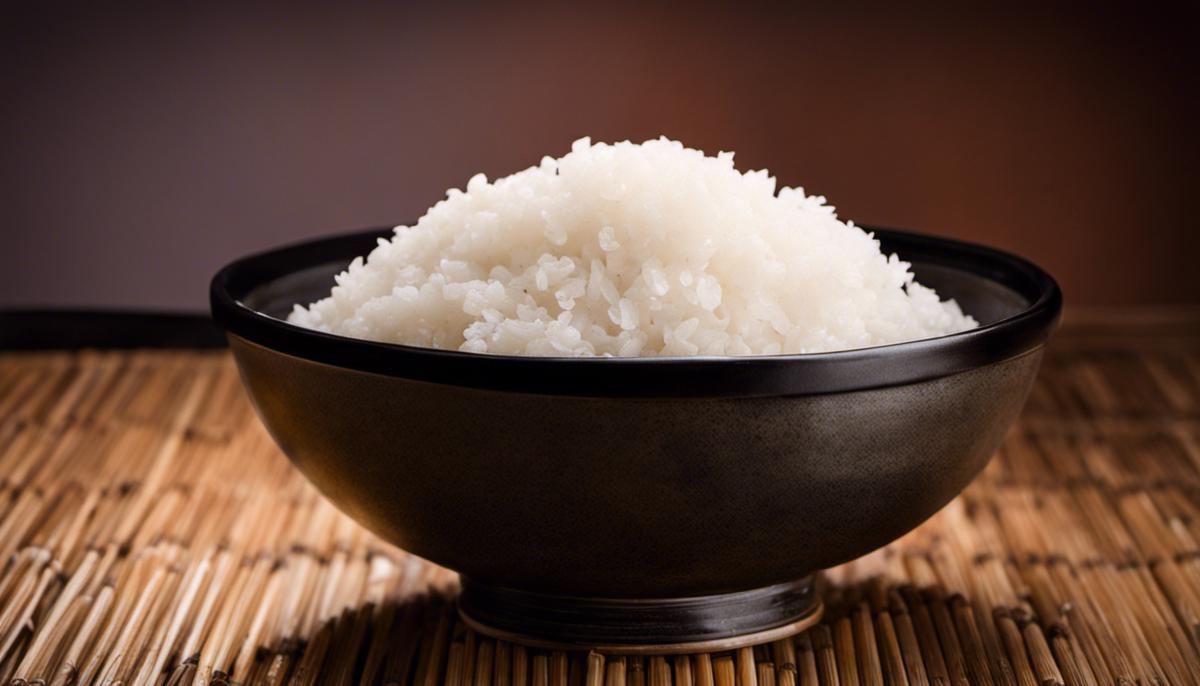
Selection of ingredients and fillings
ABOUT THE SUSHI INGREDIENTS AND FILLERS YOU NEED AND HOW TO CHOOSE THEM
The artful production of sushi is one of the most impressive and aesthetically pleasing cooking techniques. Now that we’ve explained the process of making the perfect sushi rice, let’s focus on the must-have ingredients and fillings that complete the overall ensemble of a sushi dish.
The selection of sushi ingredients should be made carefully in terms of authenticity, freshness and quality. When making traditional sushi, it is common to use raw fish. High-quality options such as tuna, salmon, shrimp and eel are popular fillings. But remember, you really need fresh, straight-caught fish of good repute to avoid the risk of food poisoning.
For vegetarians or those who don’t like raw fish, alternatives such as avocado, cucumber, carrot, and pickled radish (daikon) are also popular fillings. In addition, sushi rolls can be varied by adding ingredients such as surimi (imitation crab), tamago (sweet omelette), and fried tofu.
The soy sauce dipping sauce is another indispensable element of sushi consumption. Other dips, such as the spicy wasabi and the sweet and sour, ginger-based gari, add to the palette of treats that sushi has to offer.
Regarding the choice of ingredients, it is necessary to take into account both the quality of each element and the harmony in the combined flavors. It’s not just about buying the best ingredients, it’s also about finding the right combination that provides the ultimate sushi experience.
Arranging and presenting sushi is another must-have aspect. A tasteful, aesthetically pleasing presentation has a huge impact on the perception of the quality of your sushi. Traditionally, sushi is served on minimalist, monochrome platters to bring out the colors and shapes of the sushi rolls. After all, aesthetics play a big role when it comes to creating a welcoming atmosphere and getting the most out of your culinary efforts.
So, grab your knife, your sushi roller, and the ingredients you’ve carefully selected and set off on your sushi journey. As with making the perfect sushi rice, choosing the right ingredients and fillers takes practice, passion, and a good understanding of the art of sushi making. And don’t forget to live out that creativity – after all, that’s what makes cooking so satisfying and rewarding.
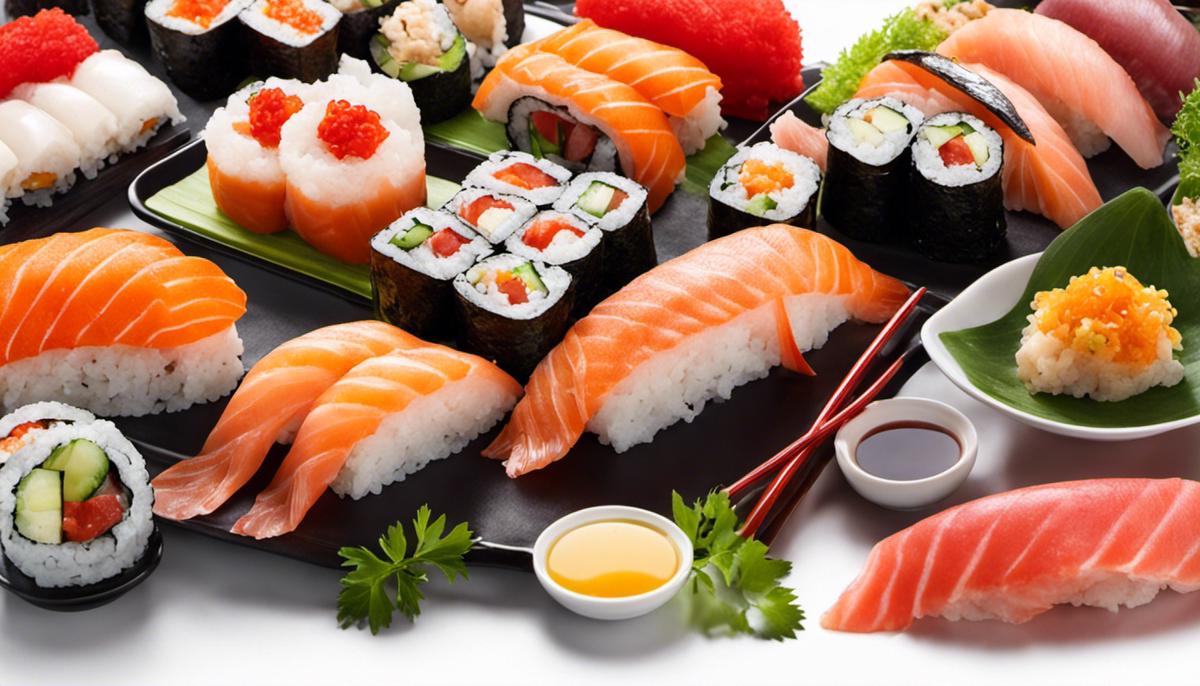
Rolling techniques for sushi
To perfect sushi making, let’s now focus on the basic rolling techniques that lie at the heart of this culinary craft. There are two main methods – the maki rolling technique and the uramaki rolling technique.
We usually start with maki rolls because they are easy to learn. all you need is a bamboo mat, nori (seaweed), prepared sushi rice and the ingredients you want. Place the nori sheet on the bamboo mat, spread the rice on top, leaving a small border on the top and bottom edges of the sheet. Add your ingredients in a line along the center of the rice and use the mat to roll up the sushi roll. Press gently to make sure the roll becomes firm and even. Then cut the roll into equal pieces with a sharp knife.
The Uramaki role, also known as the “inside-out” role, is a more exciting and creative technique, but it requires a little more skill. In this technique, the rice and ingredients are inside the nori. In particular, the rice is outside the roll, which increases the visual presentation. Creating an Uramaki scroll requires more skill and patience, but with practice, this technique can be mastered.
Although these techniques are fundamental, they are the starting point for a plethora of creative and delicious sushi recipes. Experiment with different ingredients and flavors and let your creativity come to fruition.
Regardless of the technique chosen, care and dedication to quality and detail is crucial to making perfect sushi. Every move, ingredient and role should be carefully considered and executed, which is an expression of respect for the sushi tradition.
Finally, present your sushi creations with pride and creative ability. Aesthetics play a significant role in the consumption of sushi. A beautifully arranged sushi platter can be a real feast for the eyes and enhance the dining experience.
Always remember: practice makes perfect. With passion and understanding, you will perfect the art of sushi making, creating your unique creations in the process.
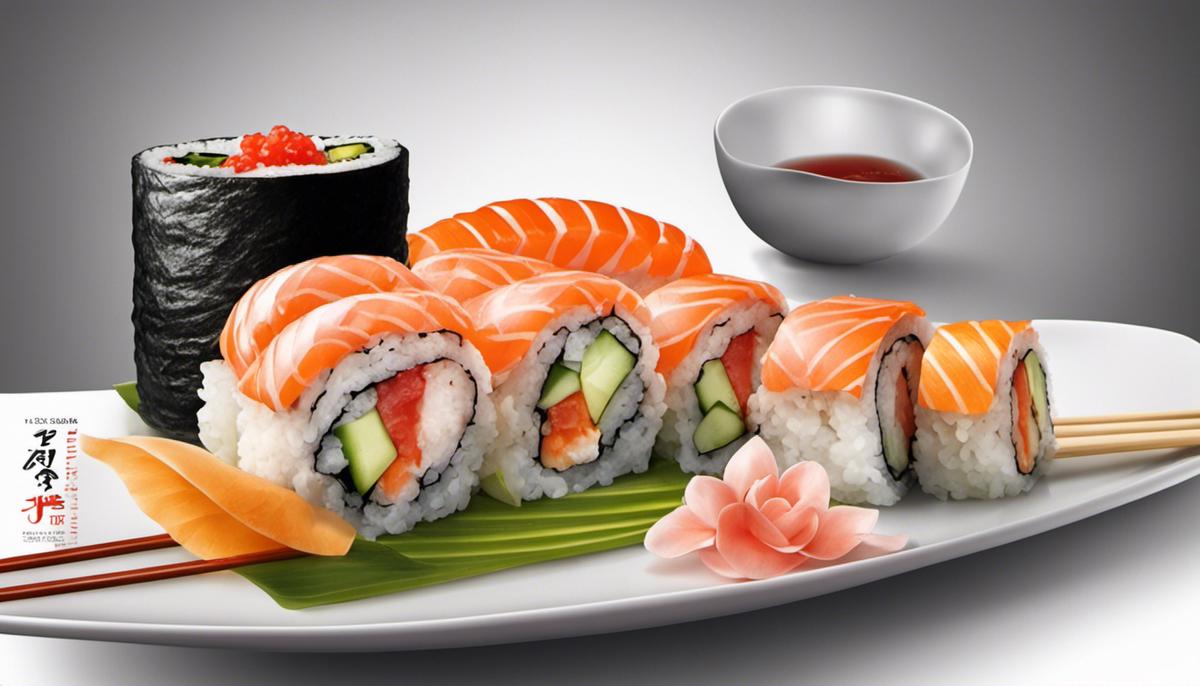
After a thorough discussion and investigation, we can conclude that the basic techniques of sushi preparation – from cooking and seasoning the rice to choosing the best ingredients and perfecting rolling techniques – are crucial to ensuring the taste, texture and presentation of an authentic Japanese sushi.
Mastering these techniques takes time, patience and practice, and although there are some challenges and complexities that need to be considered, the reward is the ability to make a perfectly crafted and gastronomically pleasing sushi.

